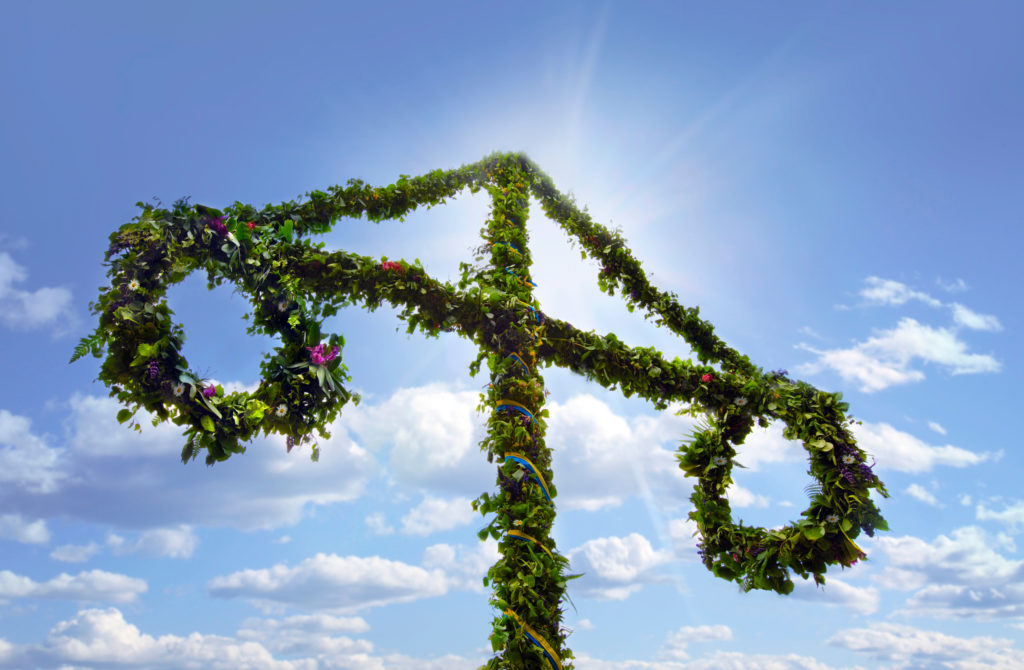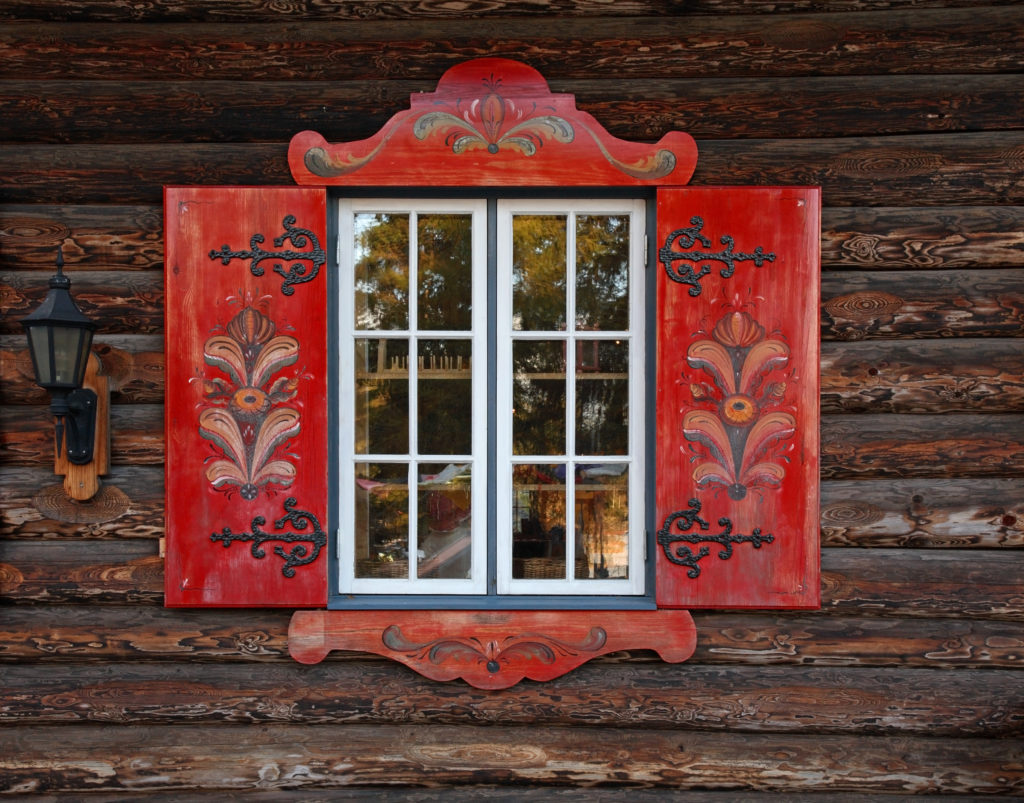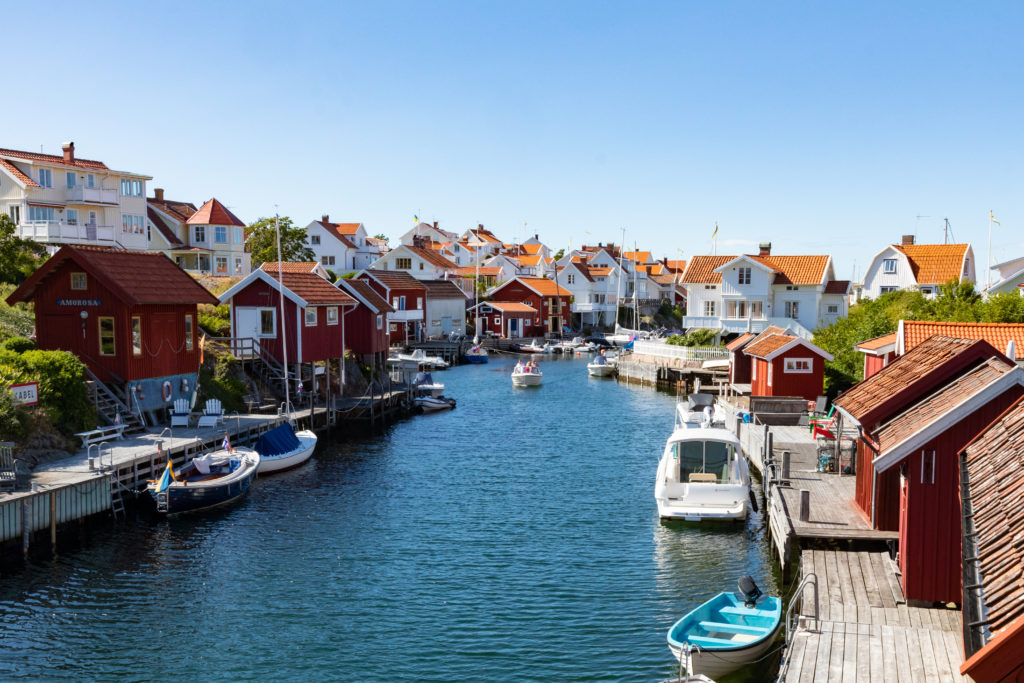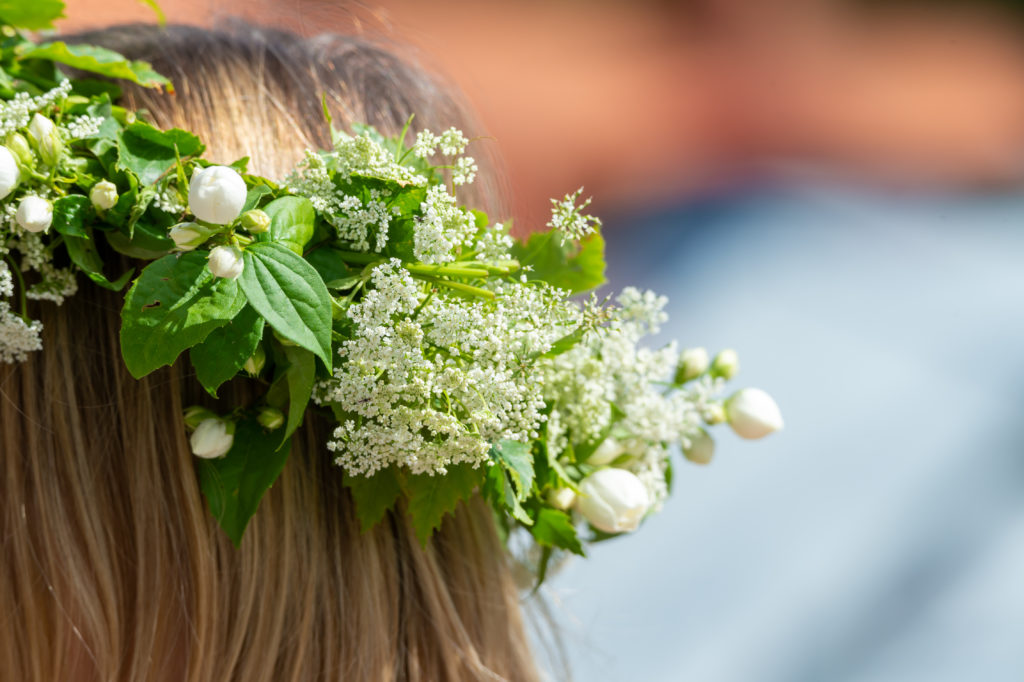When it comes to national holidays, the Swedish know how to celebrate in unmistakable style! Sweden’s traditional celebrations for Midsummer, which take place over the weekend closest to June 24th, are significant for the entire nation. Everyone leaves in droves to congregate with relatives and friends in the countryside and along the coasts. Since Midsummer festivities are typically held outside in parks and other public areas, they also serve as an opportunity to introduce visitors to a traditional Swedish holiday. In this article, Students Fare lists everything you need to know about celebrating Midsummer in Sweden.
Table of Contents
What Is the Midsummer Festival?

The Swedish Nordic Museum claims that the origin of Midsummer festivities can be found in a Christian holiday commemorating John the Baptist, which fell on June 24th. It was determined in 1953 that Midsummer should always happen on the Friday between June 20th and 26th rather than on a different day of the week. Even while the actual Midsummer festival was not observed in paganism before the advent of Christianity, there most likely were other ceremonies and festivals honoring the summer solstice. It was actually Germany where the iconic midsommarstang, or maypole (which is at the center of the celebrations), first appeared in the late 17th or early 18th century.
What Events Are in the Midsummer Festival?
Around noon, friends and family meet in the nearby park to begin the Midsummer celebrations with a picnic. The celebration kicks into full-swing when the maypole is raised tall in the park’s central area. It’s typical to waltz around the pole, and occasionally a group dressed in traditional clothes performs the first dance.
Later in the day, a leisurely lunch is eaten. Salmon or gravlax, potatoes with dill, and pickled herrings are essentials. The celebration lasts well into the night and is filled with singing, dancing, and drinking to the accompaniment of fiddles and accordions.
Best Places to Celebrate Midsummer in Sweden:

Dalarna is a remarkably gorgeous town centered around Lake Siljan. It retains a Middle Age cultural legacy, which is evident in the resident’s handicrafts and traditional red cottages accented with white door and window frames.
The Lake Siljan Church boat races (kyrkbtar), which is a floating procession of wooden longboats, begins on Midsummer’s Day. The procession moves through several areas around the lake for ten days before arriving in Leksand on the first Saturday in July.

The region around Gothenburg and the Bohuslän Coast is home to an archipelago of some 3,000 midnight-sun islands, making it an excellent place to celebrate midsummer. Students Fare can book an expert-guided cruise that sails by the southern islands and lvsborg Fortress.
After indulging in Gothenburg’s culinary pleasures, follow the locals’ example and celebrate the solstice away from the city by renting a lakeside cottage or hostel on one of the islands. Taking a walking tour of the old town is also a terrific way to get to know the city.
Celebrate Midsummer in Sweden
After reading this article, we hope you’re ready to travel to Sweden and participate in the Midsummer festival! Even if your university break schedule means that you’re going during a different time, it’s a beautiful country that everyone should see at least once. Contact Students Fare for the best deals on tours, hotels, and flights to Sweden!




